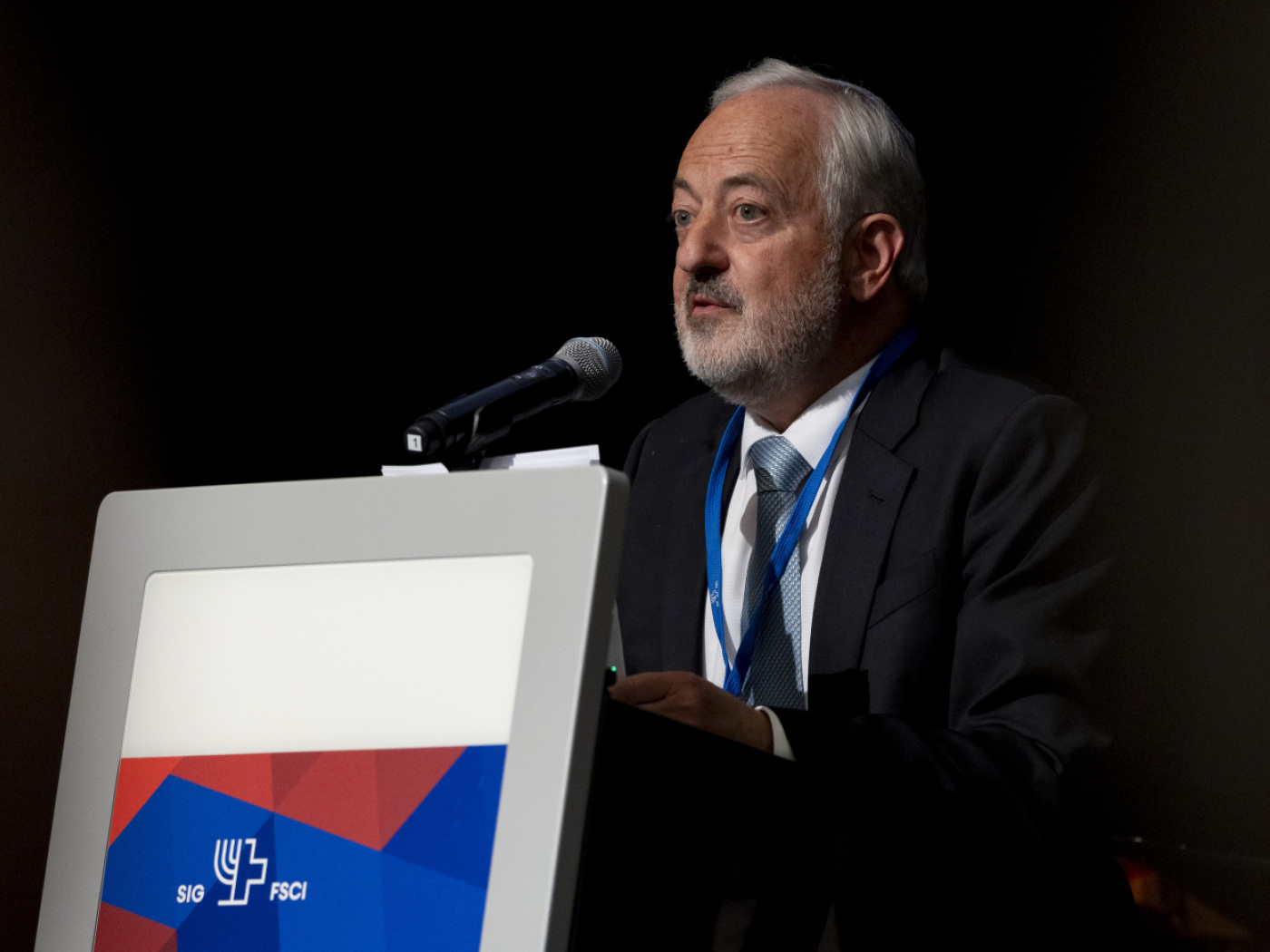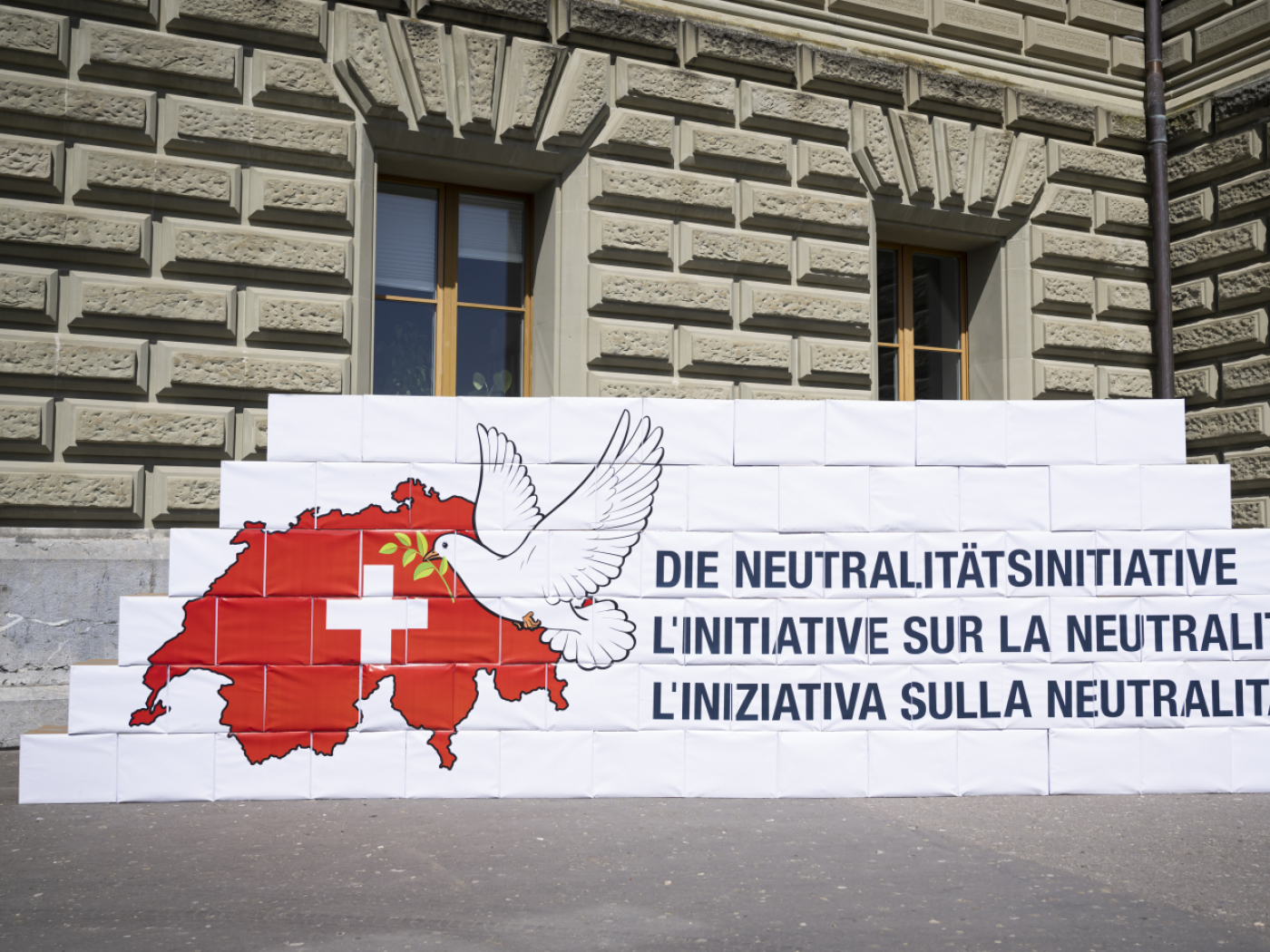
SNB Cuts Rate to Zero and Hints at More to Stop Franc Inflows
(Bloomberg) — The Swiss National Bank cut its interest rate to zero and signaled it’s ready to go further if necessary as it seeks to deter investors from pushing up the franc.
The quarter-point reduction is the SNB’s sixth consecutive move and was forecast by most of the economists surveyed by Bloomberg after the currency’s strength caused consumer prices to drop for the first time in four years. A minority had anticipated an even bigger half-point step.
Speaking to reporters in Zurich on Thursday, President Martin Schlegel said the SNB is attempting to counter “lower inflationary pressure” and stressed that the central bank “will continue to monitor the situation closely and adjust our monetary policy if necessary.”
He acknowledged that the move brings borrowing costs “to the verge of negative territory,” adding that “we are also aware that negative interest rates do have undesirable side-effects and present challenges for many economic agents.”
The cut underscores just how far US President Donald Trump’s disruption to global trade is impacting Switzerland. Schlegel and colleagues had signaled as recently as March that they were probably finished with easing, but the currency’s role as a haven from turmoil forced their hand.
While Schlegel said that the SNB remains “willing to be active in the foreign exchange market as necessary,” the latest data show that it hardly intervened in 2024.
The SNB president insisted that the central bank doesn’t have an exchange-rate target, but stressed that “FX interventions remain an important instrument.”
The Swiss franc rose as much as 0.2% to the day’s high of 0.9387 versus the euro after the announcement, reflecting hope from some market participants that the SNB would take a more aggressive step and cut by 50 basis points.
Investor alarm at the dramatic policy shifts in the US has helped to drive the france to its highest levels against the dollar in a decade over the past quarter and pushed inflation below below zero for the first time since early 2021.
Since April, the haven currency has traded in a range around 0.92, due to demand induced by the broad selloff in the dollar. Against a basket of currencies, the franc has gained nearly 2% so far this year.
The Swiss move contrasts with the wait-and-see approach taken by most global peers. On Wednesday, the Federal Reserve kept its rate unchanged, and the Bank of England may do so too later on Thursday. Officials at the European Central Bank have also signaled a pause for now after a series of reductions although Norway’s central bank surprised with a cut on Thursday as well.
Specter of Negative Rates
By going as low as zero, SNB officials are not only ending more than 2 1/2 years of positive rates, but also setting the lowest benchmark of any major central bank.
They’re also experimenting with a specific level that the central bank never tested when it adopted negative borrowing costs, neither on the way down, nor going up again. That will challenge Swiss banks, as it eliminates income from deposits while also compressing margins on loans and mortgages.
What Bloomberg Economics Says…
“The SNB’s next move is difficult to anticipate given the high level of trade, growth and currency uncertainty, but all in all, we would pencil an additional 25-bp cut in September, lowering the policy rate to negative territory. The risks are tilted toward a longer period of ZIRP, giving the SNB more time to assess the macroeconomic impact of a strong franc.”
—Jean Dalbard, economist. For full react, click here
Economists at ODDO BHF said that they too see a high probability of another 25 basis-point cut in September.
Such a “return of negative rates aims to curb the appreciation of the Swiss franc and boost domestic credit,” they said. “The SNB is likely to reintroduce partial exemption mechanisms to protect domestic banks, while having a more direct impact on foreign capital flows.”
Swiss stocks fell as much as 1.1% on Thursday. While lower rates help exporters, a strong franc, zero rates and a flat yield curve tend to be a headwind for banks and financial stocks, which make up about a fifth of the market benchmark.
Franc Watch
The other way to weaken the franc would be to restart currency interventions, but that brings risks of its own. The US branded the Swiss a manipulator during Trump’s first term, and earlier this month, the Treasury added Switzerland to a list of economies subject to monitoring for exchange-rate policies.
SNB officials have said that they will use the tool if necessary, but shirked from large-scale market action for all of last year.
For now, the increase in crude oil costs after hostilities erupted between Israel and Iran may help to support prices and ease pressure on the central bank.
Even so, its outlook still points to weak consumer-price pressures that are likely to keep officials concerned. On Thursday, they lowered their forecast for inflation this year, expecting it to average 0.2% in 2025, 0.5% in 2026 and 0.7% in 2027, after it was previously seen at 0.4%, 0.8% and 0.8%, respectively.
The strong franc again has a part in this: Oil is priced in dollars, so when the Swiss currency appreciates, the price falls in Switzerland. Many other imports also tend to get cheaper too.
Against some expectations, the SNB kept its outlook for Switzerland’s economy intact despite US tariffs. After the strongest expansion in two years last quarter due to front-loading of exports, the SNB still expects growth in a range of 1%-1.5% this year. Earlier this week, the government published a forecast for 1.3%.
Asked about the looming July 9 tariff deadline, Schlegel told Bloomberg TV that such levies “could have an impact on the Swiss economy, but it’s very difficult to to see the exact amount because almost every enterprise is impacted differently in Switzerland.” He wouldn’t say if that could trigger emergency rate action from the SNB.
–With assistance from Jan-Henrik Förster, Paula Doenecke, Levin Stamm, Harumi Ichikura, Joel Rinneby, Fergal O’Brien, Allegra Catelli, Aline Oyamada and Naomi Tajitsu.
(Updates with Bloomberg TV starting in seventh paragraph)
©2025 Bloomberg L.P.




































